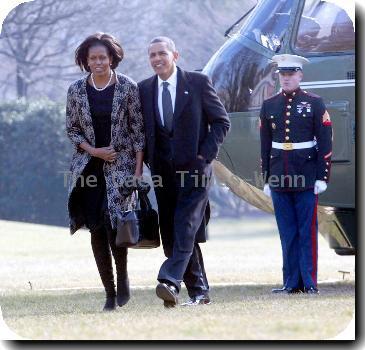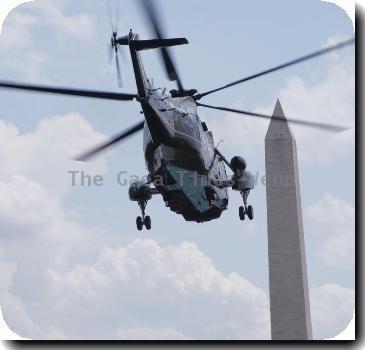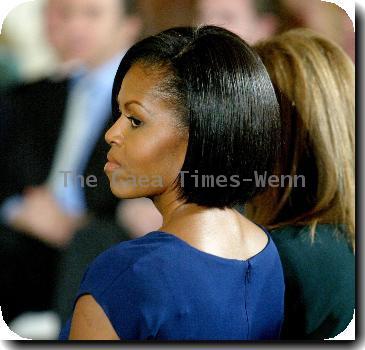American Indians watch Kagan hearings, hope for voice on federal bench
By Susan Montoya Bryan, APFriday, July 2, 2010
American Indians ask for voice on federal court
ALBUQUERQUE, N.M. — As senators questioned U.S. Supreme Court nominee Elena Kagan, the American Indian community watched with interest, and with a mounting sense of frustration.
While they hoped to glean any insight into Kagan’s views of justice issues in Indian Country, some saw the process as a missed opportunity by President Barack Obama to nominate a qualified American Indian lawyer, law professor or tribal jurist to the nation’s highest court.
Prior to Kagan’s nomination, both the National Native American Bar Association and the National Congress of American Indians sent letters to the White House extolling the qualifications of prominent Natives who they deemed worthy of consideration.
While other ethnic groups and women have made strides in reaching the federal bench, there has never been an American Indian appointed to the Supreme Court or the federal appellate bench, and out of the nation’s more than 860 federal judgeships, not one is currently occupied by an American Indian.
The Federal Judicial Center, the education and research agency for the federal courts, lists only two Native American judges as having served in the nation’s history.
“There’s just a lack of representation and that lack of representation leads to no voice, no voice whatsoever in the decisions that are being made about Natives,” said Richard Guest, a senior staff attorney with the Native American Rights Fund, one of the Indian groups that have been meeting with White House officials in recent months, urging them to consider an Indian for the Supreme Court vacancy and for other federal judgeships.
Heather Dawn Thompson, the immediate past president of the National Native American Bar Association, calls it a “rather frustrating” situation.
“For over two hundred years, the United States Supreme Court has sat in judgment over us, over our lands, over our treaties and over our families. Not one single day have we ever had a voice in those decisions,” Thompson’s group said in its letter to Obama.
Activists say they will continue meeting with White House officials, and tribal leaders are recruiting qualified Indian lawyers, professors and judges, such as retired Navajo Nation Supreme Court Justice Raymond Austin, to inspire Native students to pursue law degrees and careers.
Austin said he’s not surprised that the federal bench lacks Indian representation, but that “the time has arrived for President Obama to correct this deficiency.”
The Indian law community believes a combination of factors is to blame for their exclusion, including educational and cultural barriers, the lack of political influence by Indians on the national stage and the federal judicial nominating process itself.
One problem is the pool of Indian applicants qualified for a spot on the federal bench is just beginning to grow.
Yet, the Native bar association said there are dozens of qualified Indians. It named John Echohawk, executive director of the Native American Rights Fund; Kevin Gover, former assistant secretary of Indian Affairs, director of the Smithsonian’s National Museum of the American Indian and a law professor; Arlinda Locklear, the first Indian woman to argue before the Supreme Court; and Larry Echohawk, current assistant secretary of Indian Affairs, a former state attorney general and a law professor.
While flattered, Gover said he has no interest in being a federal judge. Still, he acknowledged that the Indian perspective is undoubtedly lacking on the federal bench.
“Certainly no judge that has not had the experience of living and working in these communities can fully understand the challenges that they face. That’s important,” he said.
Having a voice on the court would let Indians know they are part of society, Gover said, and would make them more likely to accept the legitimacy of the federal court system and believe they can “get a fair shake.”
Breaking into the pool of prosecutors and judges who are usually tapped for federal posts has been tough for American Indians. Nominating committees usually look at how long a person has been practicing law, whether they have clerked for a federal judge and have courtroom experience as either a lawyer or a trial judge and whether they have the support of their home-state senators.
Many Native lawyers and judges often fall under the radar because they dedicate their professional lives to helping their tribes or public interest groups while experience on the tribal court is often misunderstood and dismissed, Guest said.
“It’s something that we are trying to educate the decision makers about,” he said.
The names and resumes of more than two dozen qualified Indians for vacancies on the federal bench have been submitted to the White House.
“I think the one thing you can say about natives and the native community is we are always hopefully optimistic,” Guest said. “We don’t feel it can get worse.”
But even if 20 Indian judges were appointed to fill vacancies on the federal bench, they would represent only a fraction of the entire federal judiciary, said John Dossett, senior general counsel for the National Congress of American Indians.
“We can’t exclusively rely on this idea that we’re just going to get Native American judges appointed,” he said. “A very important part of this is educating the federal judiciary on Indian law issues, all members of the federal judiciary, not just those who are Native American.”
Tags: Albuquerque, Barack Obama, District Of Columbia, Judicial Appointments And Nominations, Native Americans, New Mexico, North America, Professional Organizations, Social Groups And Organizations, United States


